What if there was a way to slow down the progression of heart disease after you’ve already been diagnosed? You might not realize it, but engaging in tertiary prevention could be your best course of action. This concept focuses on reducing the impact of an ongoing illness and improving your quality of life. Navigating the complexities of heart disease can feel overwhelming, but understanding tertiary prevention can empower you to take control of your health journey.
Understanding Heart Disease
Heart disease encompasses a range of conditions that affect your heart’s structure and function. It includes coronary artery disease, heart rhythm problems, and heart defects among others. With so many facets to heart disease, it’s essential to acknowledge that effective prevention hinges on early detection and consistent management.
Types of Heart Disease
It’s helpful to categorize heart disease into a few distinct types, as different conditions might require different approaches to tertiary prevention. Here’s a concise breakdown:
| Type of Heart Disease | Description |
|---|---|
| Coronary Artery Disease | Results from plaque buildup in the heart’s arteries, leading to angina or heart attacks. |
| Heart Failure | A chronic condition where the heart can’t pump effectively. |
| Arrhythmias | Irregular heartbeats that can affect the heart’s ability to pump blood. |
| Heart Valve Disease | Issues with one or more of the heart valves affecting blood flow. |
| Congenital Heart Defects | Structural heart problems present from birth. |
Knowing the specific type of heart disease you’re dealing with can guide your next steps in tertiary prevention.
Tertiary Prevention: What It Is
Tertiary prevention is all about managing existing health conditions and minimizing their impact on your life. Once you’ve been diagnosed with heart disease, the goal shifts from prevention of the onset to reducing complications and improving daily functioning.
Why Tertiary Prevention Matters
As you navigate life post-diagnosis, you may realize that managing your heart condition effectively can improve your overall well-being. A proactive approach can mean fewer hospital visits, a better quality of life, and even a prolonged lifespan.
Key Goals of Tertiary Prevention
- Managing Symptoms: Alleviating pain and discomfort.
- Preventing Complications: Reducing the likelihood of additional health issues caused by heart disease.
- Improving Quality of Life: Enhancing your daily living and activities.
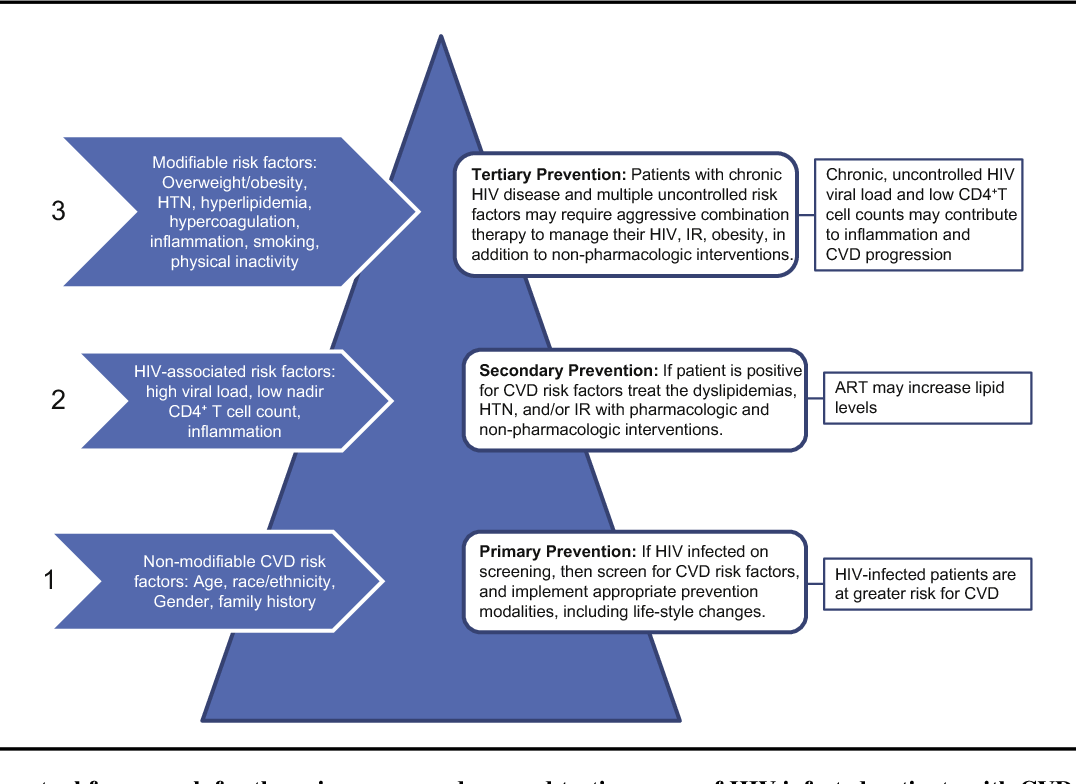
This image is property of d3i71xaburhd42.cloudfront.net.
Working with Healthcare Professionals
Your healthcare team plays a pivotal role in the tertiary prevention of heart disease. It’s helpful to establish strong communication with your doctors, nurses, and therapists because they can provide tailored strategies just for you.
Building a Support Network
A solid network will not only help you manage your heart condition but can also significantly contribute to your emotional well-being. Here are a few roles to consider:
| Role | Function |
|---|---|
| Cardiologist | Specialist in heart diseases who can guide treatment. |
| Primary Care Physician | Oversee overall health and coordinate care. |
| Dietitian | Help plan heart-healthy diets tailored to your needs. |
| Physical Therapist | Develop a customized exercise routine. |
| Mental Health Professional | Offer coping strategies and emotional support. |
Fostering relationships with these professionals will help you feel less isolated on your health journey.
Lifestyle Modifications
Making lifestyle changes is an essential component of tertiary prevention. Your understanding of your heart disease can drive significant improvements. These modifications don’t need to be stressful; think of them as opportunities to enhance your daily routine.
Healthy Eating Habits
The food you consume can significantly impact your heart health. Incorporating heart-friendly foods can be as simple as choosing the right ingredients. Consider the following dietary strategies:
- Increase Fruits and Vegetables: Aim for several servings a day.
- Opt for Whole Grains: Swap white bread and pasta for whole grain varieties.
- Select Healthy Fats: Use olive oil instead of butter, and include fish rich in omega-3 fatty acids.
| Heart-Healthy Foods | Benefits |
|---|---|
| Leafy Greens | High in vitamins and low in calories. |
| Berries | Rich in antioxidants. |
| Nuts and Seeds | Good sources of healthy fats and protein. |
| Beans | High in fiber, which can help lower cholesterol. |
| Whole Grains | Support heart health and regulate blood sugar levels. |
By making these choices, you’re working on your heart health daily!
Physical Activity
Exercise may seem daunting, but incorporating physical activity into your day can help improve your heart function and overall stamina.
Finding the Right Exercise
You don’t have to commit to a grueling workout regimen, but finding activities you enjoy can make a difference. Consider these options:
- Walking: A simple, low-impact exercise that can be easily integrated into your daily routine.
- Swimming: Offers a full-body workout and is easy on the joints.
- Yoga: Provides flexibility, balance, and relaxation, which are beneficial for heart health.
Just remember to consult your healthcare provider before starting any new exercise routine. They can help create a plan that works best for you.
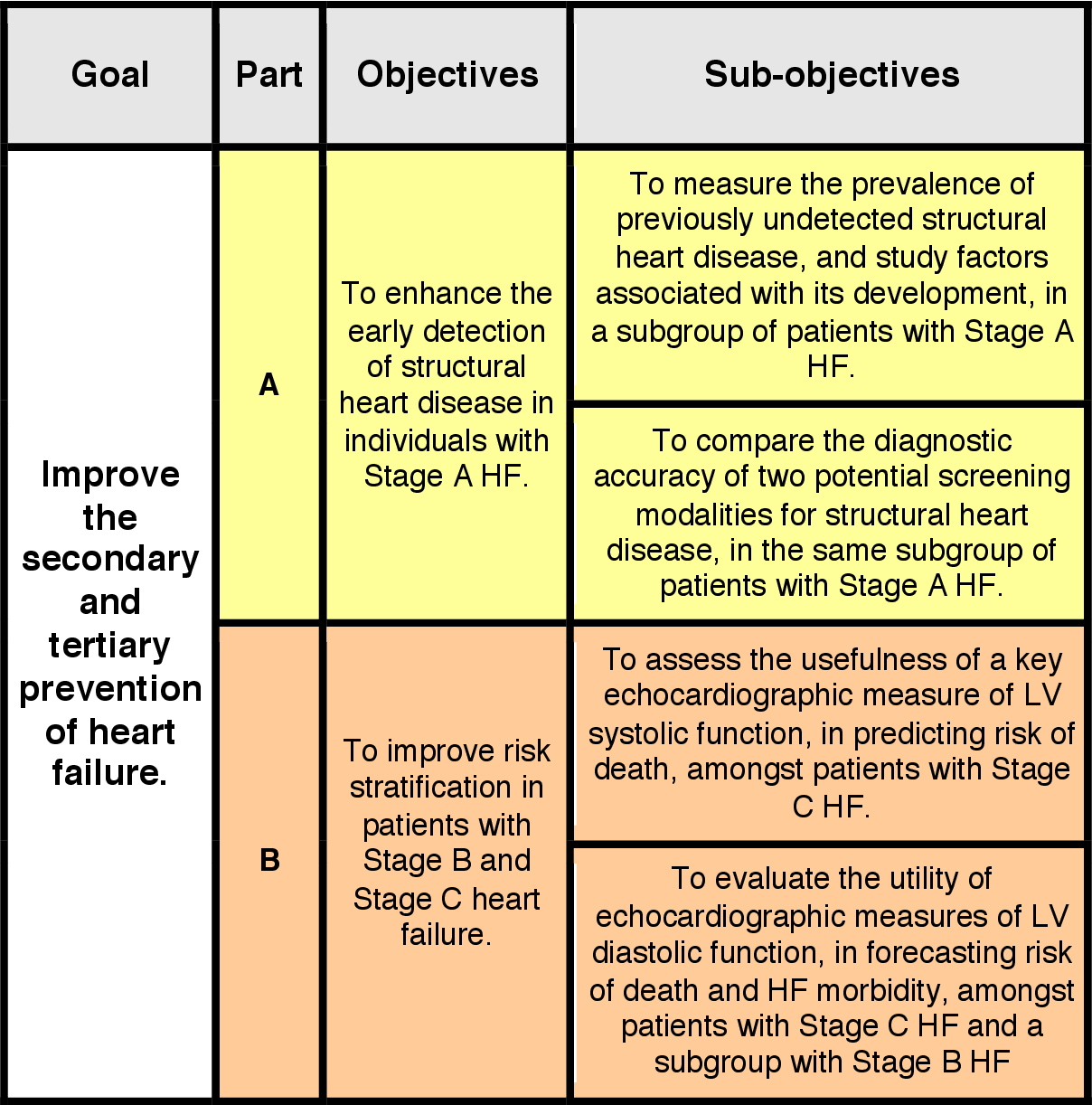
This image is property of d3i71xaburhd42.cloudfront.net.
Monitoring Your Health
Regular check-ups and consistent monitoring of your health are crucial for effective tertiary prevention. You should stay vigilant about changes in your condition and proactive in managing them.
Routine Check-Ups
When it comes to managing heart disease, maintaining regular appointments with your healthcare providers ensures that any changes can be addressed promptly. Here are some critical checks to keep in mind:
| Assessment | Frequency |
|---|---|
| Blood Pressure Monitoring | At least once a month |
| Cholesterol Levels | Every 6 to 12 months |
| Weight Management | Weekly or bi-weekly |
| Electrocardiograms (ECGs) | As recommended by your doctor |
Being active about your check-ups can empower you to recognize potential problems before they escalate.
Keeping Track of Symptoms
Documenting any symptoms or changes can assist your healthcare provider. Keeping a journal can help you:
- Record daily feelings, pain levels, or changes in lifestyle.
- Note any side effects of medications.
- Identify triggers that worsen your symptoms.
This information can be invaluable for your healthcare team in personalizing your treatment plan.
Medication Management
Understanding the medications prescribed to you is essential. Each medication generally targets specific issues, and knowing how they function can enhance adherence and overall management.
Types of Medications
Familiarizing yourself with the types of medications will empower you. Here are several common categories:
| Medication Type | Purpose |
|---|---|
| Antiplatelet Agents | Prevent blood clots (e.g., Aspirin). |
| Statins | Lower cholesterol levels. |
| Beta Blockers | Lower heart rate and blood pressure. |
| ACE Inhibitors | Relax blood vessels. |
| Diuretics | Help the body eliminate excess fluid. |
Understanding how these medications work can eliminate uncertainty and help you adhere to your treatment plan.
Managing Side Effects
All medications can present side effects, and documenting these can significantly contribute to better management. If you notice anything concerning, don’t hesitate to reach out to your healthcare provider. They can discuss if alternatives or adjustments are necessary.
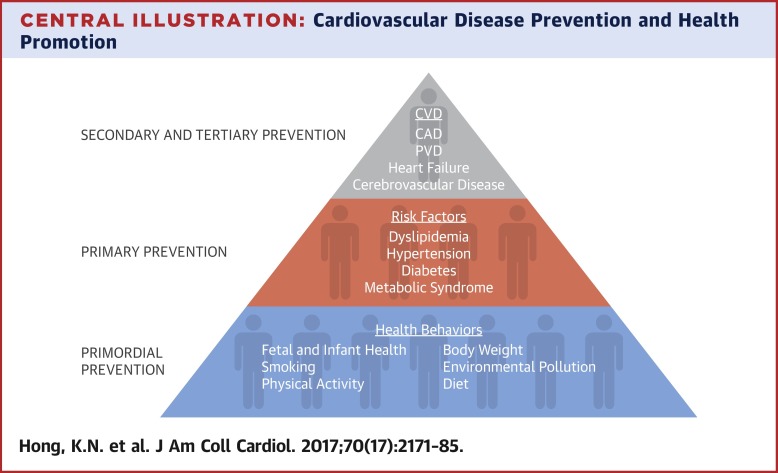
This image is property of ars.els-cdn.com.
Emotional Well-Being
Don’t overlook the emotional toll that heart disease can take. Stress and anxiety can exacerbate your physical condition, making managing your heart disease even more critical.
Importance of Mental Health
Studies show that individuals with heart disease have higher rates of depression and anxiety. Addressing these feelings is just as vital as managing your physical symptoms. Seek support from mental health professionals or support groups that specialize in chronic illness.
Where to Seek Help
- Professional Counseling: Engage with therapists who understand chronic health conditions.
- Support Groups: Find community with others experiencing similar challenges.
Like every other aspect of health management, taking care of your emotional well-being will vastly improve your overall quality of life.
Staying Informed
Healthcare knowledge is empowerment; the more you understand about heart disease and tertiary prevention, the better decisions you can make for your health.
Reliable Resources
Make use of educational resources available to you. Websites, books, and even workshops can serve as incredible tools in your journey. Here are a few to consider:
- American Heart Association: Comprehensive information on heart health.
- National Heart, Lung, and Blood Institute: Resources related to heart disease prevention and management.
- Health Apps: Use health tracking apps designed specifically for managing heart disease.
Being informed can alleviate fears and bring clarity to your health decisions.
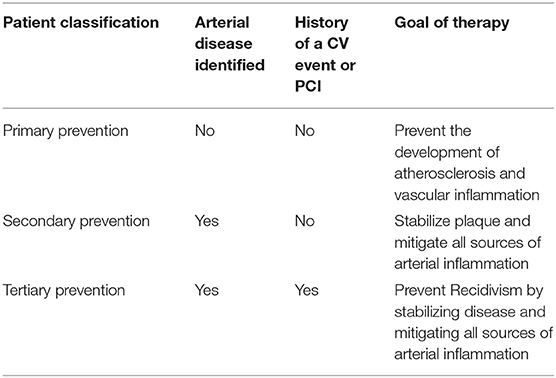
This image is property of www.frontiersin.org.
Building a Supportive Community
Connecting with others can dramatically enhance your journey with heart disease. Establishing relationships with friends, family, and those with similar experiences provides not only moral support but also a sense of belonging.
Engaging with Others
Consider joining online forums or community groups dedicated to heart health. Sharing experiences can provide not just emotional support but also practical tips that are proven effective by others such as you.
Creating Personal Connections
You might find that discussing challenges openly with friends or family can lead to a shared commitment to healthier lifestyles. Encouragement from loved ones often results in mutual accountability and positive outcomes.
Conclusively Moving Forward
Addressing heart disease through tertiary prevention may feel daunting; however, with the right mindset and tools, it could also open pathways to improvement in your life quality. Staying proactive by managing your condition can make a world of difference, transforming challenges into opportunities for growth.
Engaging in lifestyle changes, maintaining regular check-ups, managing medications, addressing emotional well-being, and building a supportive community are crucial steps. You possess the ability to influence your own health outcomes. By being informed and involved, you empower not just yourself but also those around you to promote better heart health.
Your journey in heart disease management doesn’t have to be undertaken alone. Lean on your healthcare providers, enjoy the support of your social circle, and most importantly, be kind to yourself as you navigate the complexities of life with heart disease.
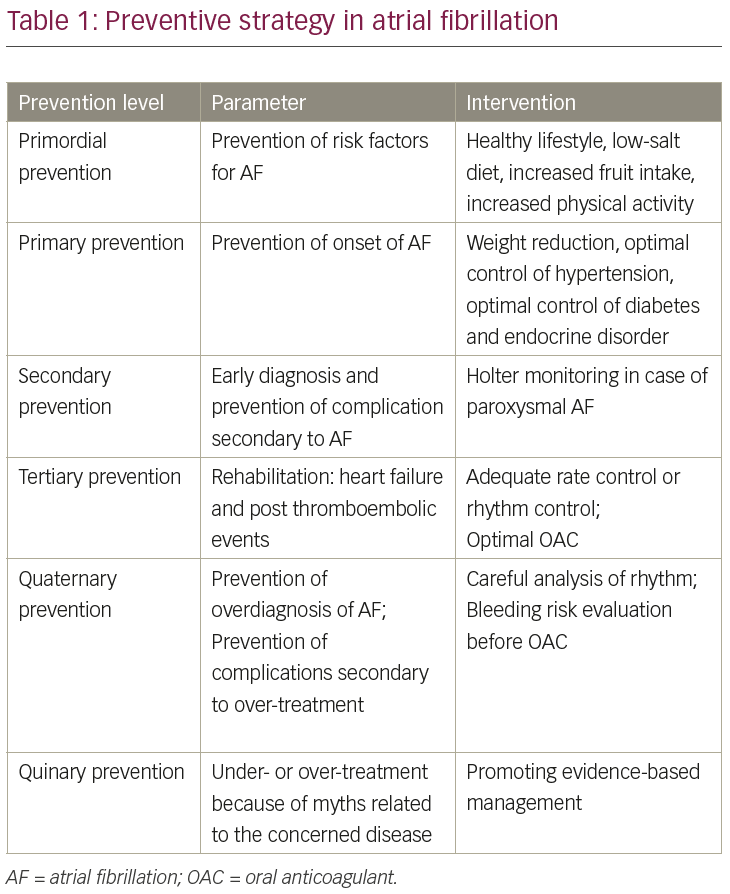
This image is property of www.touchcardio.com.